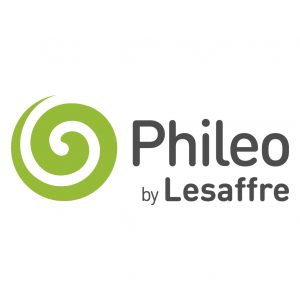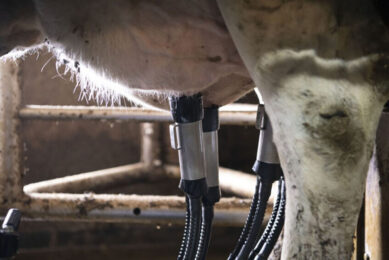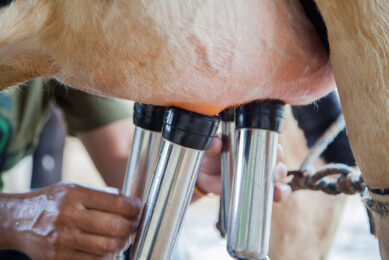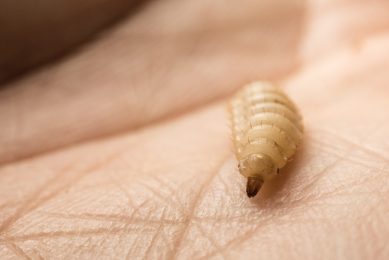Effects of using yeast probiotic and yeast fraction on cattle
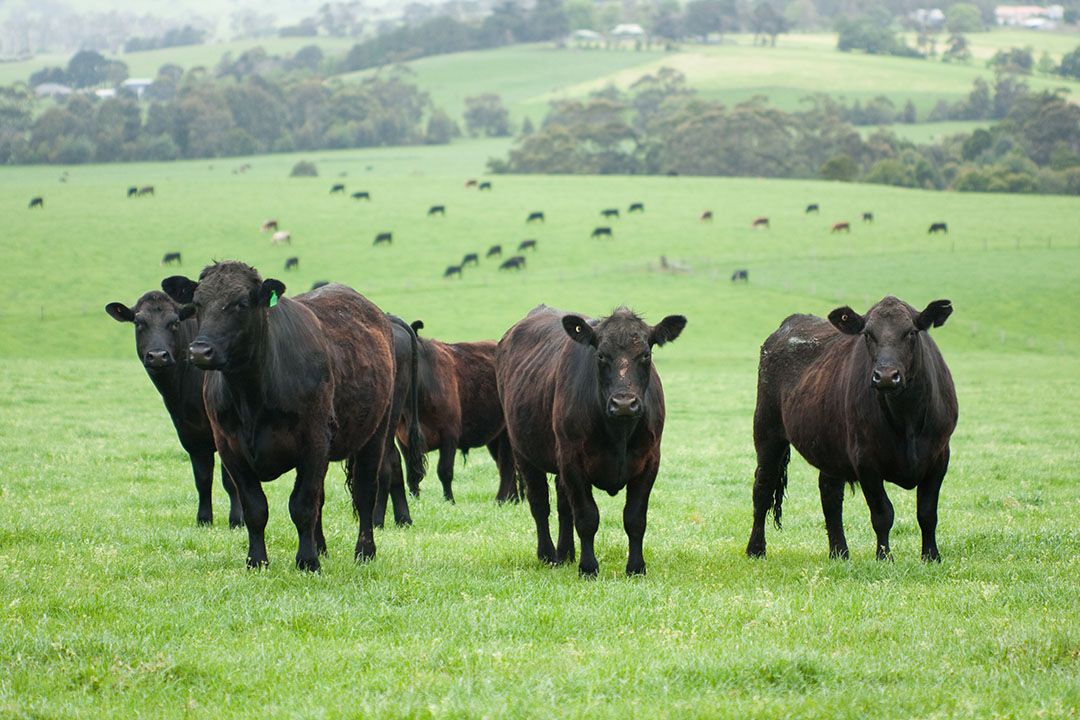
A major beef cattle trial, designed to determine whether feeding yeast probiotic and purified yeast fraction supplements to newly arrived heifers and steers could lead to improved health and performance, has shown significant weight gain and bodyweight advances, alongside evidence of reduced treatment costs.
Carried out at Mississippi State University in the USA, the trial centred on the health and performance of 240 beef cattle during a total of 56 days, starting immediately after the animals had completed a 624km transfer from a supplier in Tennessee. Their newly arrived status meant they were viewed as high-risk candidates concerning Bovine Respiratory Disease (BRD), which was the key focus of a recently published study.
Testing the yeast supplements
Although antibiotics remain the preferred method of treatment for BRD, growing concerns regarding antibiotic use in food animal production and the subsequent effect on antibiotic resistance, has promoted other alternative methods to be tested, such as yeast probiotic and purified yeast fraction. The selected trial cattle, consisting of 120 heifers and 120 steers, arrived in separate heifer and steer batches, 1 week apart. The animals were then vaccinated against clostridial diseases, Infectious Bovine Rhinotracheitis (IBR), Bovine Respiratory Syncytial Virus (BRSV) and Bovine Viral Diarrhoea (BVD) and given an anthelmintic treatment before being randomly assigned to their respective grazing pastures, divided into groups of 15 calves each and spread across 16 pasture blocks. The calves were also assigned on a random basis to either a control group or a supplemented group.
Control group animals, 120 in total, were fed the basal diet while supplemented group animals were given the basal diet plus supplements of Actisaf Sc 47 and Safmannan. Each supplement was given at a rate of 5g/head/day. In line with the trial focus of seeking to assess the potential of the 2 supplements to help reduce the use of antibiotics in treating BRD, the amount of antibiotic used, of necessity, during the trial was recorded and assigned across all trial animals. This allowed the costing of the antibiotics that were used according to an average per calf basis.
Effects monitored on all cattle
28 days following their arrival at the trial site, all cattle were removed from their pastures and weighed individually. A blood sample was also collected at this point to show antibody production to infections of bovine rhinotracheitis. These same procedures were repeated on day 56, although without any blood collection.
Final performance results for supplemented group animals showed an average daily gain (ADG) of +60 gr over control group animals, representing an 11.3% ADG advantage for the supplemented calves.
In terms of body weight advantage, measured at day 56, supplemented group animals showed a +3.3 kg gain over control group animals, representing a 1.6% trial period benefit for the supplementation approach (Figure 1).
Figure 1 – Performance of newly received beef cattle fed Actisaf Sc 47 and Safmannan while grazing warm-season pastures.
Proven reduction in costs
Treatment success rates represent the percentage of animals that responded to first treatment and did not require subsequent re-treatment, and were significantly higher, at +9.5%, for supplemented group compared to the control group.
Looking at health costs, the trial conclusion showed supplemented group animals requiring US$ 20.58 less to be spent on treatments per pasture group, at the second treatment stage. This amounted to a 53.4% reduction in costs (Figure 2).
Figure 2 – Cost for second treatment of newly received beef cattle.
Based on the numerical data in the 56-day study, a calculated Return on investment (ROI) for the supplemented calves was $ 7.12 per head.
Performance and economic benefits
Final trial conclusions included the comment that supplementation of Actisaf Sc 47 and Safmannan improves performance, treatment success, and recovery from morbidity, while reducing treatment cost for more profitability.
Authors: Mohamed Mammeri, PhD, Global Product Manager, & Valentin Nenov, PhD, Global Species Manager, Phileo by Lesaffre
References are available from the authors on request


